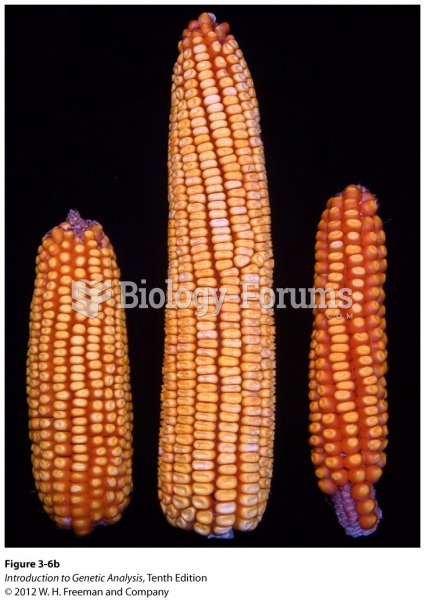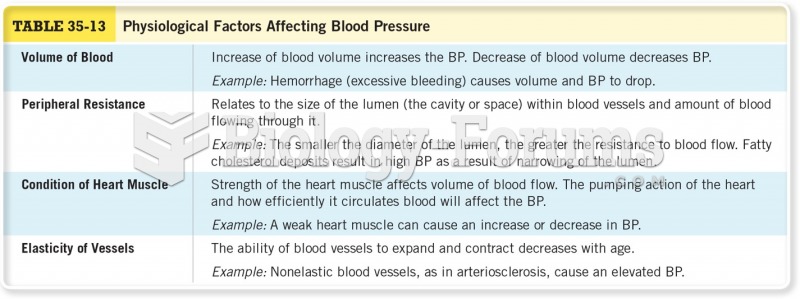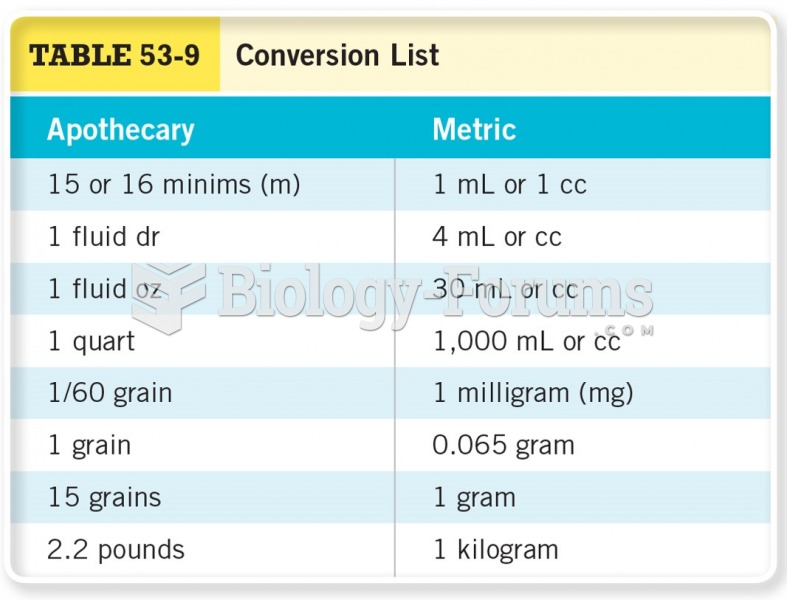Answer to Question 1
Black layer in corn and sorghum. In corn and sorghum, an abscission layer forms at the base of the kernel. This layer restricts translocation of carbohydrates to the seed. This layer is called the black layer. Corn grain moisture at physiological maturity is 30 to 35 percent.
Milk line in corn. Another physiological indicator is the development of the milk line in corn. As the kernel approaches maturity, a line can be seen on the smooth side of kernels. This line is called the milk line or starch layer. It is the boundary between the solid (starch) and liquid portions of the maturing endosperm. Physiological maturity of the kernel is indicated when the milk line is no longer visible and liquid can no longer be expressed from the kernel.
Pod color change in soybean. The loss of green color of the pods is an indicator of physiological maturity in soybean seed. The pod contributes photosynthate (sugars from photosynthesis) to the developing seed. The change of pod color to yellow and brown is associated with seed drying and shrinkage.
Yellowing of small grains' inflorescences. A significant portion of the dry matter deposited in the grain of wheat, barley, rye, and oat comes from the awns, glumes, and other modified leaves in the inflorescence. When these flower parts change color from green to yellow, it is an indicator of physiological maturity of small grains.
Sunflower head color. Sunflower seeds are physiologically mature when the back of the head has lost its green color and turned yellow.
Answer to Question 2
T







